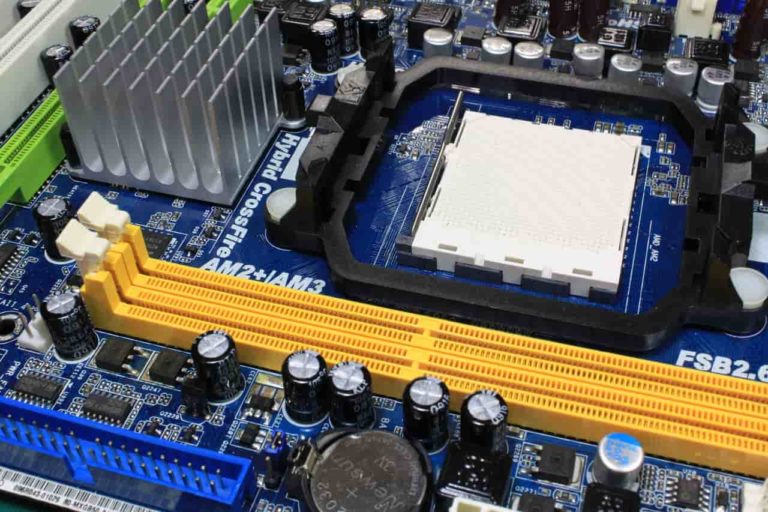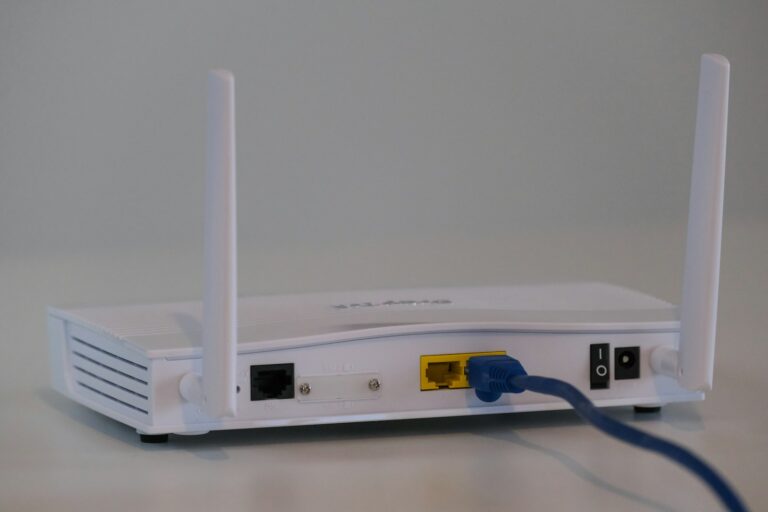What is a Motherboard?
The motherboard is a core component of a computer that serves to connect all other parts of the computer together. All parts (CPU, RAM, hard drives, graphic card, …) connect to the motherboard directly or via cable. The motherboard is also known as the mainboard, baseboard system board, … Well-known vendors include Gigabyte, Intel, MSI, ASUS.
Motherboard Physical Design
An important component of a motherboard is the microprocessor’s supporting chipset, which provides the supporting interfaces between the CPU and the various buses and external components. This chipset determines the features and capabilities of the motherboard.
A standardized layout of a motherboard is called the form factor. The form factor affects where components go. There are several specific form factors that most PC motherboards use so that they can all fit in standard cases. Some other standardized parts are:
- The socket for the microprocessor determines what type of (CPU) the motherboard uses
- The chipset is part of the motherboard’s logic system and is usually made of two parts — the northbridge and the southbridge. These two “bridges” connect the CPU to other parts of the computer.
- The Basic Input/Output System (BIOS) chip controls the most basic functions of the computer and performs a self-test every time you turn it on. Some systems have dual BIOS, which provides a backup in case one fails or in case of error during updating
- The real-time clock chip is a battery-operated chip that maintains basic settings and the system time
The slots and ports on the motherboard include:
- Peripheral Component Interconnect (PCI)- connections for video, sound and video capture cards, as well as ethernet cards
- Accelerated Graphics Port (AGP) – dedicated port for video cards
- Integrated Drive Electronics (IDE) – interfaces for the hard drives
- Universal Serial Bus or FireWire – external peripherals
- RAM slots
The motherboards do have onboard sound, video, networking or other peripheral support, but for better results, it’s highly recommended to have a separate dedicated card for the desired purpose. For example, if you edit a video often, you should buy a separate video card.
To get an idea of how to choose the motherboard watch the video below …




